Introduction
Virtual reality (VR) has long been celebrated as a groundbreaking technology in the world of digital games, providing immersive and interactive experiences that captivate millions. However, the scope of virtual reality today stretches far beyond gaming. This innovative technology is reshaping how we approach everyday tasks, from education and healthcare to remote work and wellness. As VR continues to evolve, it is becoming a powerful tool that enhances many aspects of daily life, making complex tasks simpler, more engaging, and accessible. In this article, we will explore the rise of virtual reality in everyday tasks and highlight how it is transforming our world beyond gaming.
Virtual Reality in Education: Interactive Learning Experiences
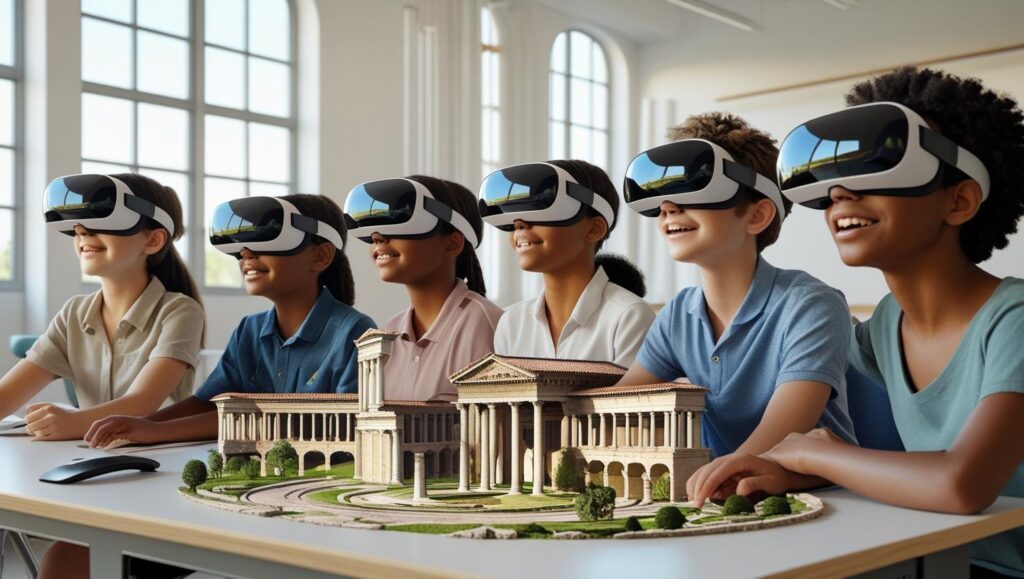
Education is one of the most promising fields benefiting from virtual reality. VR creates immersive classrooms that go beyond traditional teaching methods, allowing students to engage deeply with subjects in a hands-on way. Instead of reading about ancient civilizations or watching a video, learners can take virtual field trips to historical sites or explore the human anatomy from the inside.
For example, medical students can practice surgeries in a VR environment without risk, while geography classes can explore remote locations like the Amazon rainforest in real time. These virtual reality experiences foster better understanding and retention by making learning interactive and memorable. Schools and universities worldwide are investing in VR tools to create a more dynamic and inclusive educational system. With VR, education becomes accessible to students regardless of location or physical ability, revolutionizing how knowledge is shared.
Transforming classrooms into immersive learning labs that boost student engagement and retention.
Revolutionizing Remote Work and Collaboration
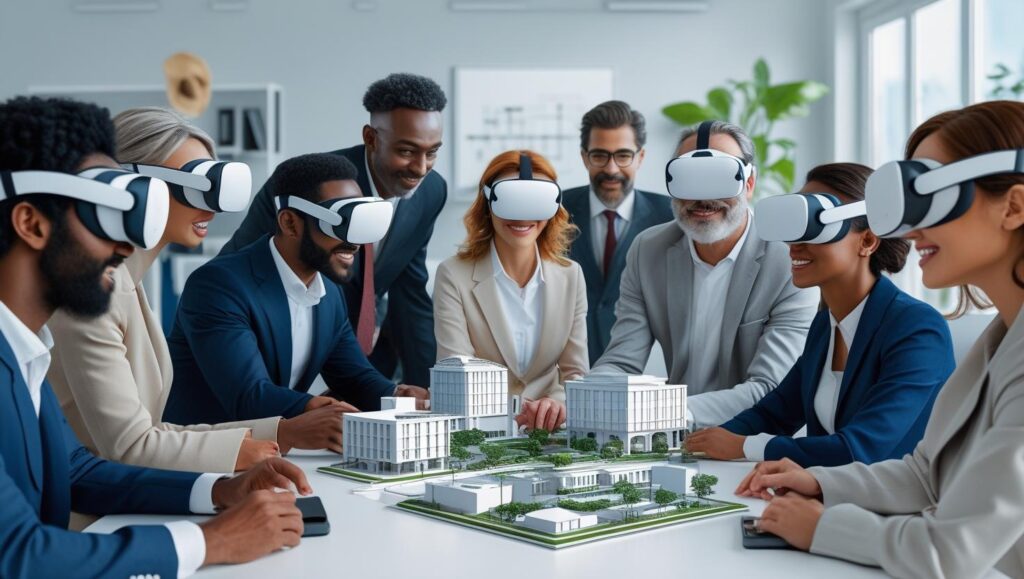
The global shift to remote work has accelerated the need for better virtual communication tools, and here, virtual reality shines. VR provides a more immersive and natural way for teams to connect, collaborate, and brainstorm compared to traditional video calls or emails. Virtual meeting rooms and shared workspaces allow participants to feel physically present with colleagues, even when miles apart.
Companies are using VR to host workshops, training sessions, and product demonstrations, which increases engagement and reduces misunderstandings. Virtual reality platforms like Meta’s Horizon Workrooms and Spatial are leading the charge in transforming remote work dynamics. These platforms allow users to manipulate 3D models, whiteboards, and presentations collaboratively, all in a shared VR space. By replacing flat screens with interactive 3D environments, VR boosts productivity and helps maintain team cohesion in a hybrid or fully remote work world.
Tools like Spatial and Meta Horizon Workrooms enable teams to hold lifelike meetings in shared virtual spaces
Healthcare and Therapy Applications
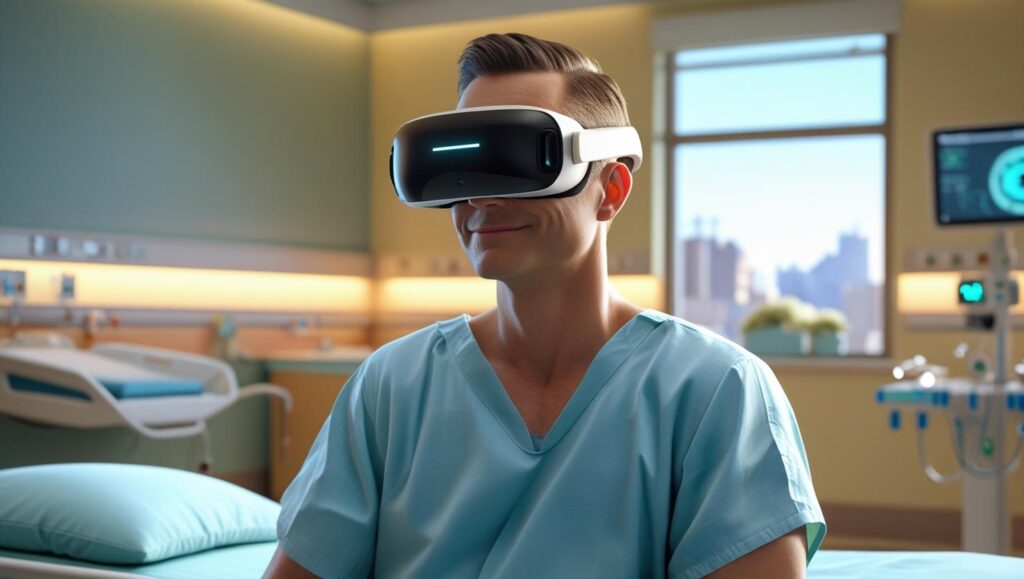
Virtual reality is revolutionizing healthcare by providing new solutions for treatment, therapy, and patient care. VR is used for pain management by distracting patients during procedures or chronic pain episodes through immersive experiences. It is also becoming a vital tool in mental health, helping individuals cope with anxiety, PTSD, and phobias through controlled exposure therapy in safe virtual environments.
Physical rehabilitation programs use VR to create engaging exercises that motivate patients to recover faster. For example, stroke survivors can practice movements in a VR game, improving motor skills while enjoying the process. Hospitals and clinics are increasingly adopting VR-based therapies because they offer personalized, non-invasive, and drug-free treatment options. This integration of virtual reality in healthcare not only improves patient outcomes but also lowers healthcare costs over time.
From pain relief to PTSD treatment, VR is redefining patient care across multiple therapies.
Virtual Reality for Home Design and Shopping
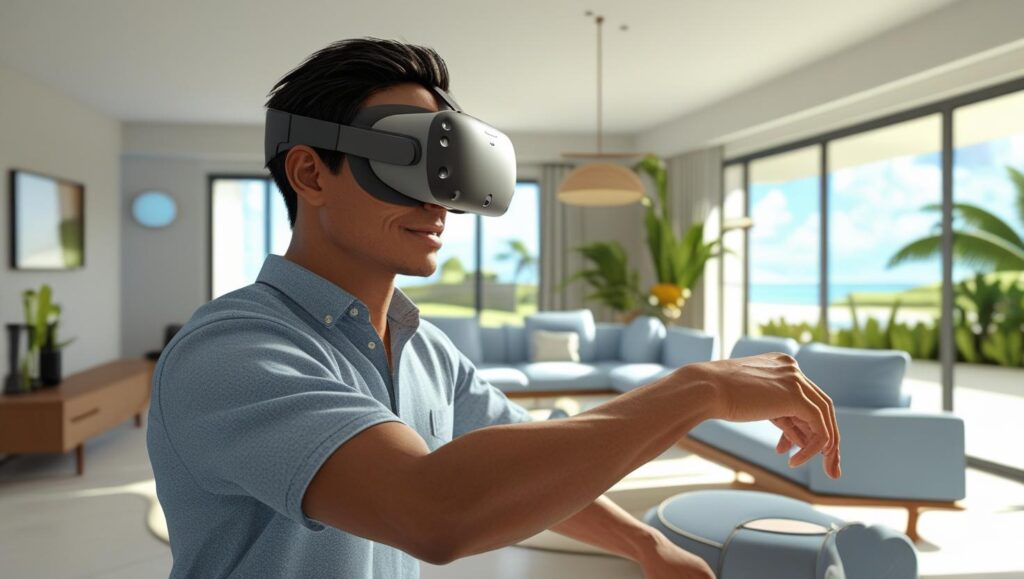
The way people shop and design their homes is also being transformed by virtual reality. VR technology enables users to visualize furniture, paint colors, and home layouts before making a purchase or renovation decision. Instead of relying on 2D images or guesswork, homeowners can step inside a virtual version of their space and experiment with different designs in real time.
Retailers are adopting VR to create immersive shopping experiences, allowing customers to browse virtual stores, try on clothes, or preview products as if they were physically present. This reduces returns and enhances satisfaction by setting clearer expectations. With the rise of online shopping, virtual reality bridges the gap between digital and physical shopping by providing realistic, interactive environments. This trend is only expected to grow as VR hardware becomes more affordable and user-friendly.
Fitness and Wellness with Virtual Reality
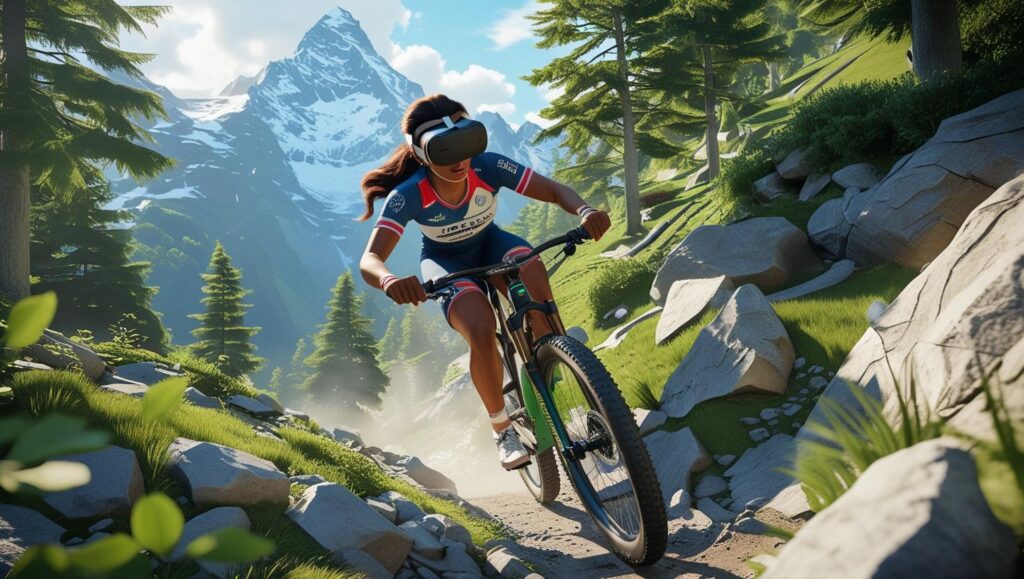
Fitness and wellness are another area where virtual reality is making a significant impact. VR workouts combine exercise with engaging virtual environments, transforming mundane routines into exciting adventures. Whether it’s boxing in a virtual ring, cycling through scenic landscapes, or practicing yoga on a serene beach, VR fitness helps users stay motivated and consistent.
Additionally, VR meditation and mindfulness apps use calming environments and guided sessions to reduce stress and improve mental health. These immersive experiences are especially helpful for those who struggle with traditional meditation or need a mental break from busy daily lives. By integrating virtual reality into fitness and wellness, people gain access to diverse, convenient, and enjoyable options that support healthier lifestyles.
Final Thoughts
The rise of virtual reality is no longer confined to the realm of new digital games. This transformative technology is revolutionizing many everyday tasks—from education and remote work to healthcare, shopping, and fitness. By creating immersive and interactive experiences, VR enhances productivity, learning, wellness, and overall quality of life. As VR technology continues to advance and become more accessible, its integration into daily routines will only deepen.
If you’re interested in how modern tools improve focus and productivity, you might enjoy our blog on Time Blocking: 5 Powerful Strategies to Master Your Day.
Embracing virtual reality beyond gaming opens up new possibilities for personal growth, creativity, and connection in our increasingly digital world.
